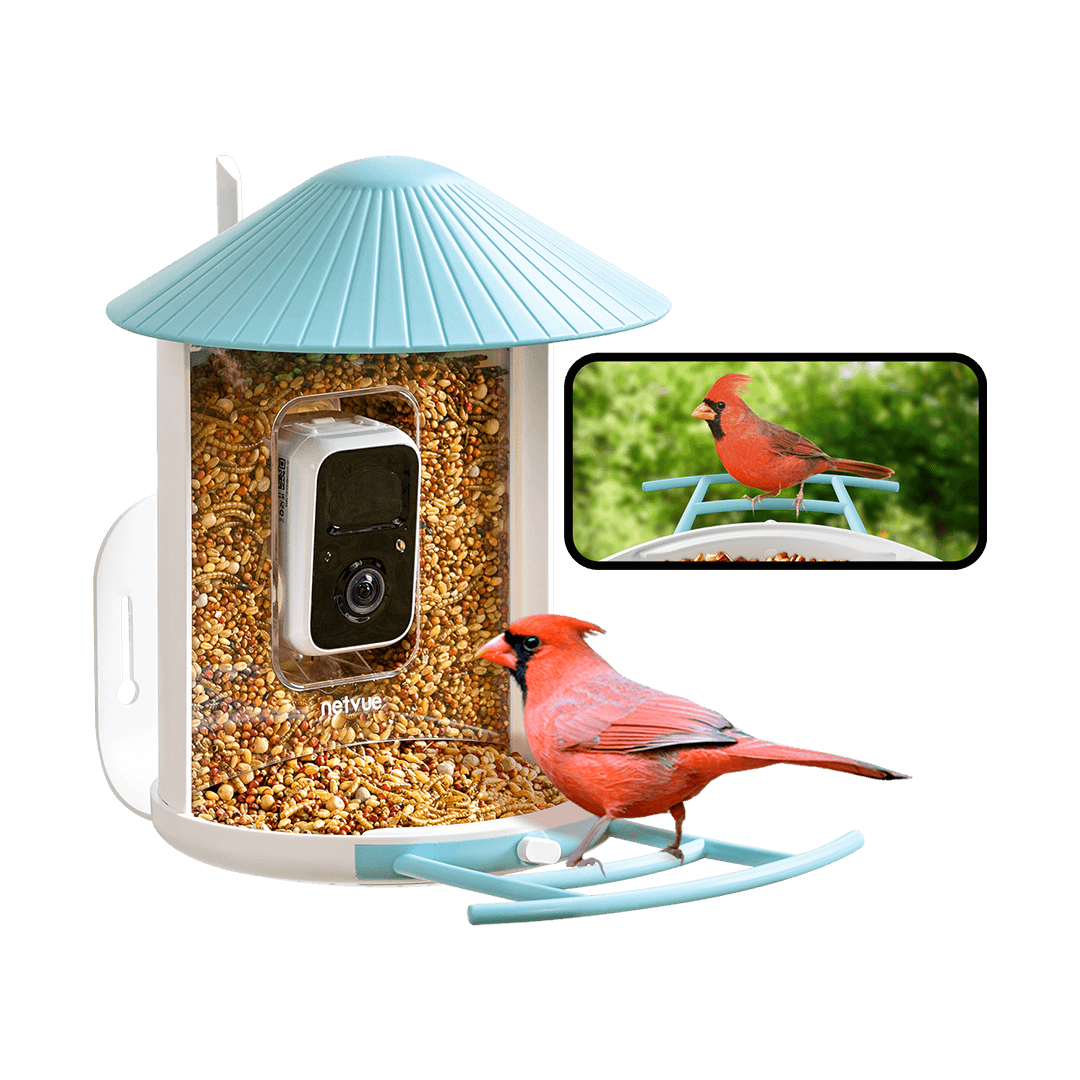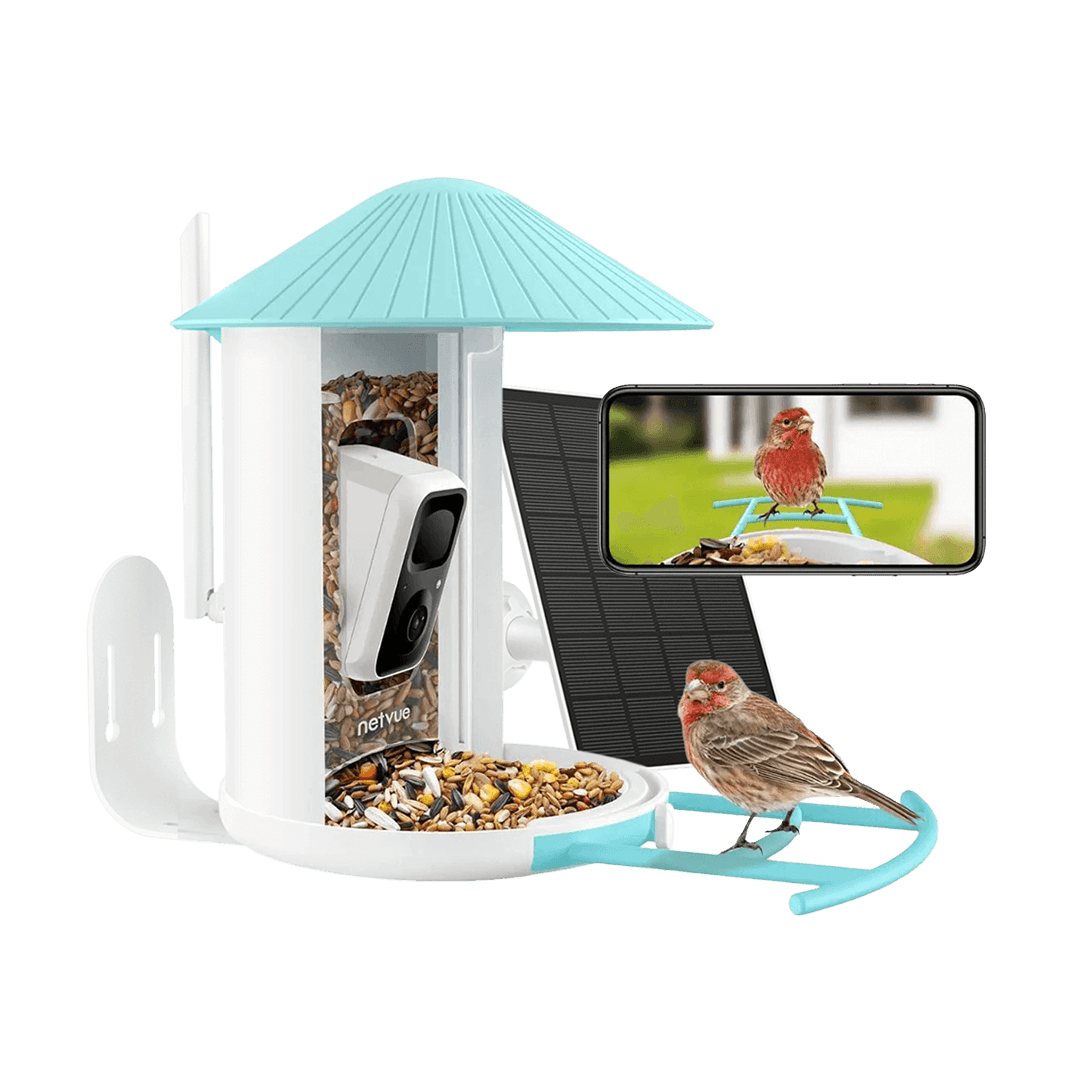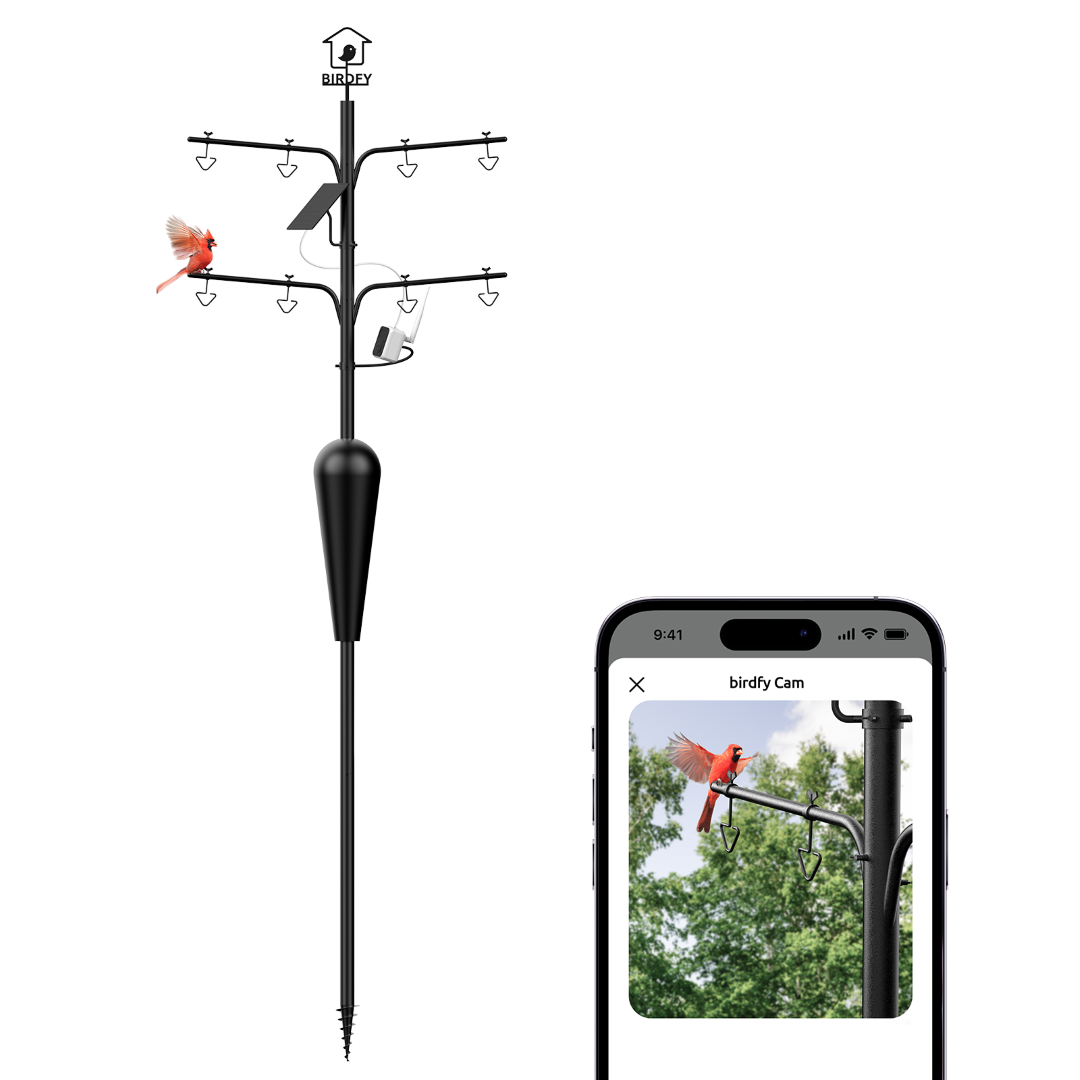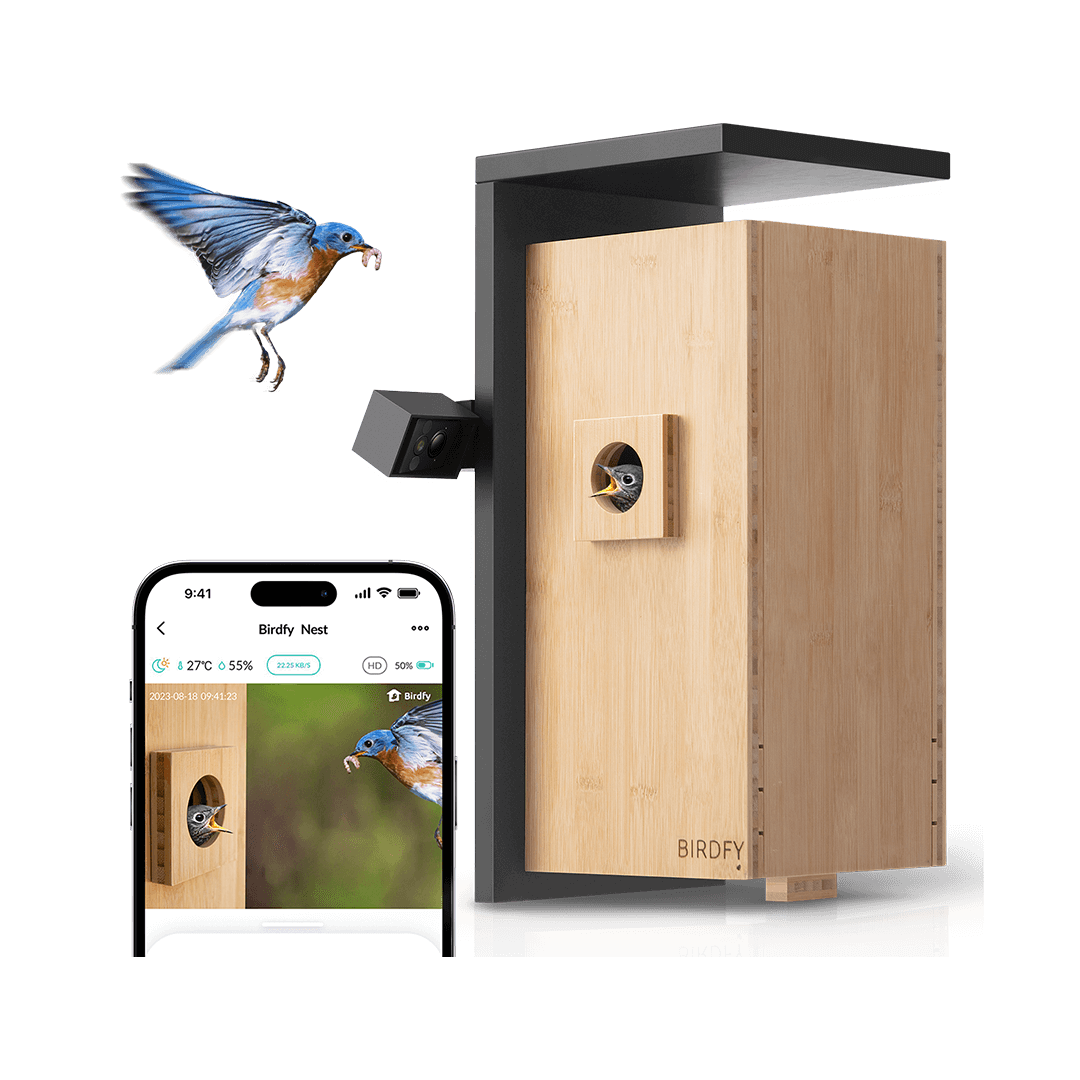The Joyful Return of Springtime Birds
The clue for the bird symbolizing the arrival of spring in the New York Times crossword is the robin. However, when we close our books and newspapers, turn off our mobile devices, and step into nature to feel the spring breeze, this bird transforms from a 2D play on words into a lively and joyful choir. Starting with the American robin, let us explore these adorable creatures with some fascinating fun facts!
American Robin (Turdus migratorius)

Where can we find them: North America
Fun Facts: Robins have a distinctive red or orange breast, so that we can easily recognize them. They are one of the first birds to sing at dawn, earning them the nickname “early birds.”Robins can be seen pulling earthworms from the ground, a common sight in gardens and lawns.
Barn Swallow (Hirundo rustica)

Where can we find them: North America, Europe, Asia
Fun Facts: Barn swallows are excellent flyers and can catch insects mid-air with incredible precision, and their tails help it maneuver through the air with agility. They often build their mud nests on man-made structures, such as barns and bridges.
Eastern Bluebird (Sialia sialis)

Where can we find them: Eastern United States
Fun Facts: Bluebirds, known for their vibrant blue plumage and melodious songs, are a favorite among birdwatchers. These charming birds prefer open fields and orchards, where they can easily spot insects and other prey. Eastern bluebirds are cavity nesters, often making use of old woodpecker holes or nest boxes for their homes.
Common Cuckoo (Cuculus canorus)

Where can we find them: Europe, Asia, Africa
Fun Facts: The cuckoo is known for laying its eggs in the nests of other bird species and its distinctive call, on the other hand, it symbolizes marriage in Ancient Greek mythology. The story goes that Zeus, struggling to court Hera, transformed himself into a bedraggled cuckoo. Moved by pity for the disheveled bird, Hera took care of it. When Zeus revealed his true form, their bond strengthened, and they eventually married.
After bearing in another's nest, cuckoo chicks often hatch before the host's own eggs and may push the other eggs out of the nest to eliminate competition.
House Finch (Haemorhous mexicanus)
American Robin (Turdus migratorius)

Where can we find them: North America
Fun Facts: Robins have a distinctive red or orange breast, so that we can easily recognize them. They are one of the first birds to sing at dawn, earning them the nickname “early birds.”Robins can be seen pulling earthworms from the ground, a common sight in gardens and lawns.
Barn Swallow (Hirundo rustica)

Where can we find them: North America, Europe, Asia
Fun Facts: Barn swallows are excellent flyers and can catch insects mid-air with incredible precision, and their tails help it maneuver through the air with agility. They often build their mud nests on man-made structures, such as barns and bridges.
Eastern Bluebird (Sialia sialis)

Where can we find them: Eastern United States
Fun Facts: Bluebirds, known for their vibrant blue plumage and melodious songs, are a favorite among birdwatchers. These charming birds prefer open fields and orchards, where they can easily spot insects and other prey. Eastern bluebirds are cavity nesters, often making use of old woodpecker holes or nest boxes for their homes.
Common Cuckoo (Cuculus canorus)

Where can we find them: Europe, Asia, Africa
Fun Facts: The cuckoo is known for laying its eggs in the nests of other bird species and its distinctive call, on the other hand, it symbolizes marriage in Ancient Greek mythology. The story goes that Zeus, struggling to court Hera, transformed himself into a bedraggled cuckoo. Moved by pity for the disheveled bird, Hera took care of it. When Zeus revealed his true form, their bond strengthened, and they eventually married.
After bearing in another's nest, cuckoo chicks often hatch before the host's own eggs and may push the other eggs out of the nest to eliminate competition.
House Finch (Haemorhous mexicanus)

Where can we find them: North America
Fun Facts: House finches were originally native to the western United States but have spread widely after being introduced to the eastern U.S. Male house finches have red, orange, or yellow plumage on their heads and throats, which they gain from the pigments in their food. They are social birds and are often found in small flocks.
Black-capped Chickadee (Poecile atricapillus)

Where can we find them: North America
Fun Facts: Chickadees are named for their special "chick-a-dee-dee-dee" call. They have excellent spatial memory. They can remember where they’ve hidden food for months! These small birds are very curious and often approach humans closely, to make them old pals for birdwatchers.
European Starling (Sturnus vulgaris)

Where can we find them: Europe, North America (introduced)
Fun Facts: Starlings are known for their impressive murmurations, where large flocks fly in intricate patterns. They can mimic the sounds of other birds and even human-made noises. What's even more amazing is that starlings have iridescent feathers that change color with light, making them quite striking up close.
Western Meadowlark (Sturnella neglecta)

Where can we find them: Western United States
Fun Facts: Meadowlarks are known for their beautiful, flute-like song that is a common sound in prairies and grasslands. They have bright yellow underparts with a distinctive black "V" on their chest. Meadowlarks nest on the ground in grassy areas, often hidden among tall grasses.
Spring is a crucial time for birds as they are busy singing, migrating, and nesting. Many of these birds are not only excellent singers but also boast vibrant appearances. It's a joy to listen to their beautiful symphony and observe their delightful behaviors. To attract these lovely feathered friends to your backyard, check out our tips here.






